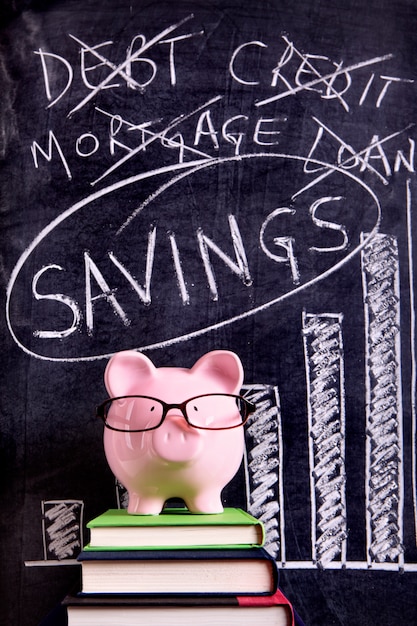Maximize Your Savings: Understanding the Benefits and Mechanics of High Yield Savings Accounts

High-yield savings accounts are an excellent option for storing your money, often replacing traditional savings accounts for savvy investors. These accounts offer the same FDIC insurance as traditional ones but with interest rates up to 10 times higher. Whether you’re building an emergency fund or saving for a short-term goal like a house down payment, a high-yield savings account can protect your money while earning a good interest rate. Let’s explore how these accounts work, why they offer high interest rates, and if they might be right for you.
### What Is a High-Yield Savings Account?
A high-yield savings account is a type of savings account that offers a much higher annual percentage yield (APY) than the national average. These accounts are typically offered by online banks or the online divisions of traditional banks, which often have no minimum balance requirements or monthly fees. Because online banks have lower overhead costs, they can afford to pay higher interest rates on deposits.
### How Does a High-Yield Savings Account Work?
High-yield savings accounts function similarly to standard savings accounts. You deposit your money, and the bank pays you interest based on the account’s terms. The APY for these accounts is variable, meaning it can go up or down after you open the account. These accounts are particularly beneficial during periods of high interest rates. For example, since the U.S. Federal Reserve began raising interest rates in March 2022, high-yield savings accounts have offered significantly higher yields.
### How Much Money Does a High-Yield Savings Account Earn?
The national average rate for all savings accounts is only 0.46%, according to the Federal Reserve. In contrast, many high-yield savings accounts offer rates that are 10 times higher or more. For instance, some accounts currently offer APYs between 4.20% and 5.20%, with no minimum balance requirements or monthly fees.
### Why You Need a High-Yield Savings Account
Almost every investor can benefit from a high-yield savings account because everyone should be saving money for various goals. While these accounts are not ideal for long-term savings goals like retirement, they are perfect for short-term goals you plan to achieve in the next few years. If your emergency fund is in a traditional savings account, consider moving it to a high-yield account to earn more interest. You can access your funds just as quickly as with a traditional account, and they are still FDIC insured.
### Downsides to Having a High-Yield Savings Account
Despite the attractive APYs and easy-to-meet requirements, high-yield savings accounts have some downsides. The interest rates can fall. Currently, these accounts are offering their highest rates in years, but rates are expected to drop towards the end of 2024. Accounts that now pay over 5% were paying less than 1% a few years ago. Therefore, you shouldn’t rely on any savings account, even a high-yield one, for long-term investment goals.